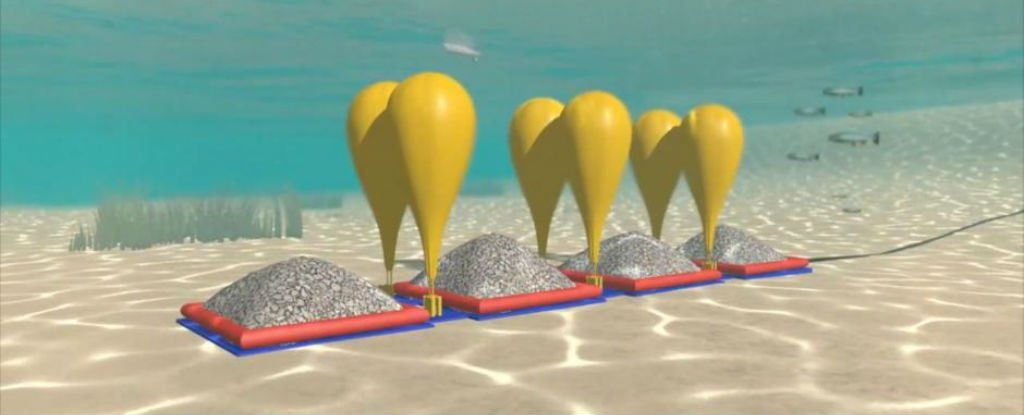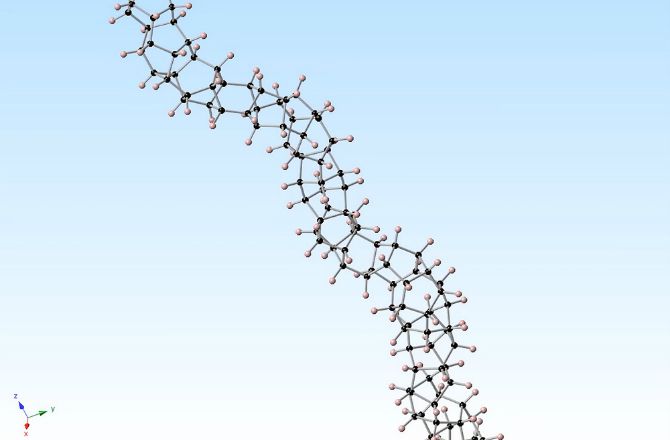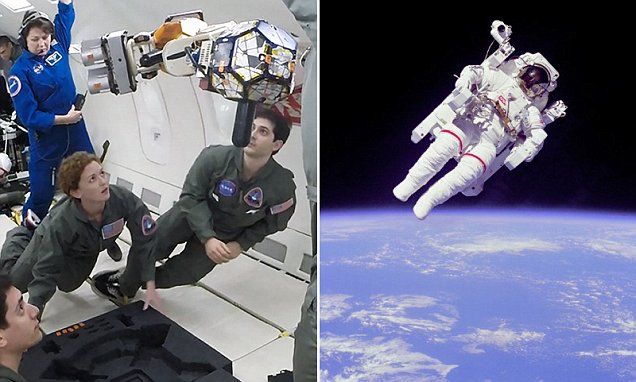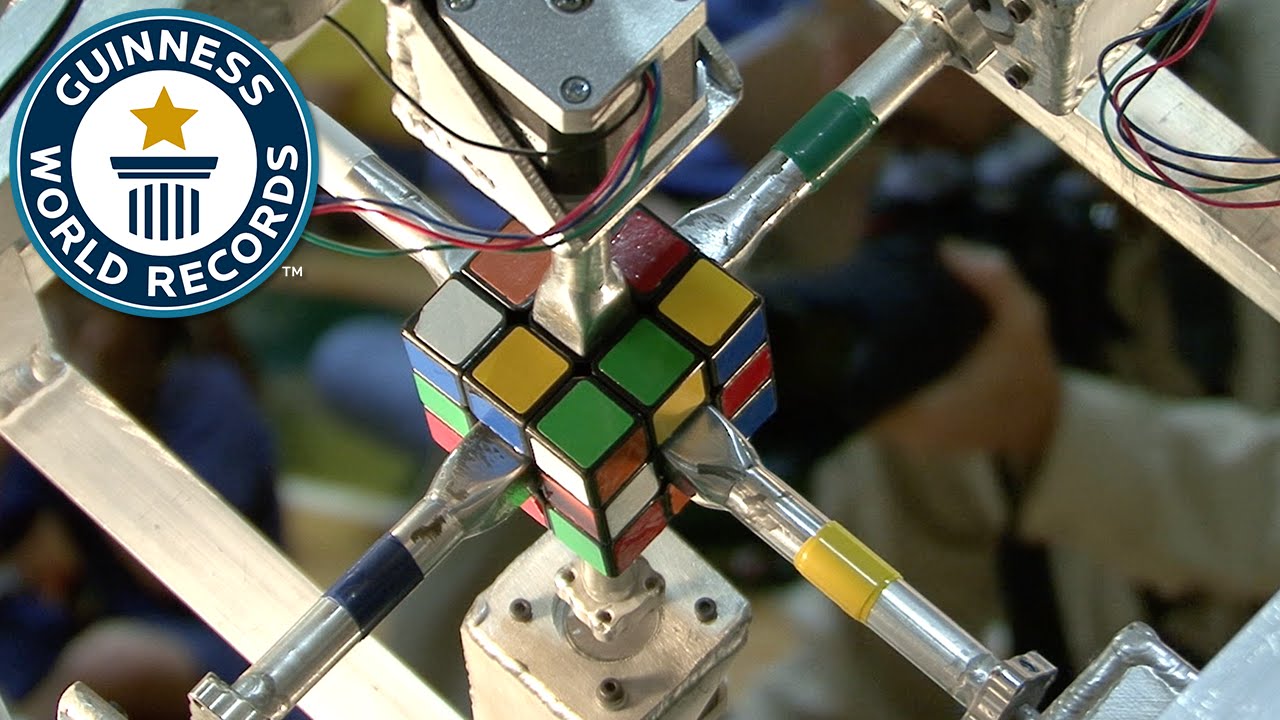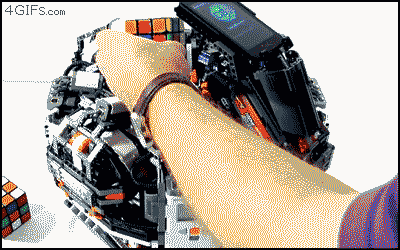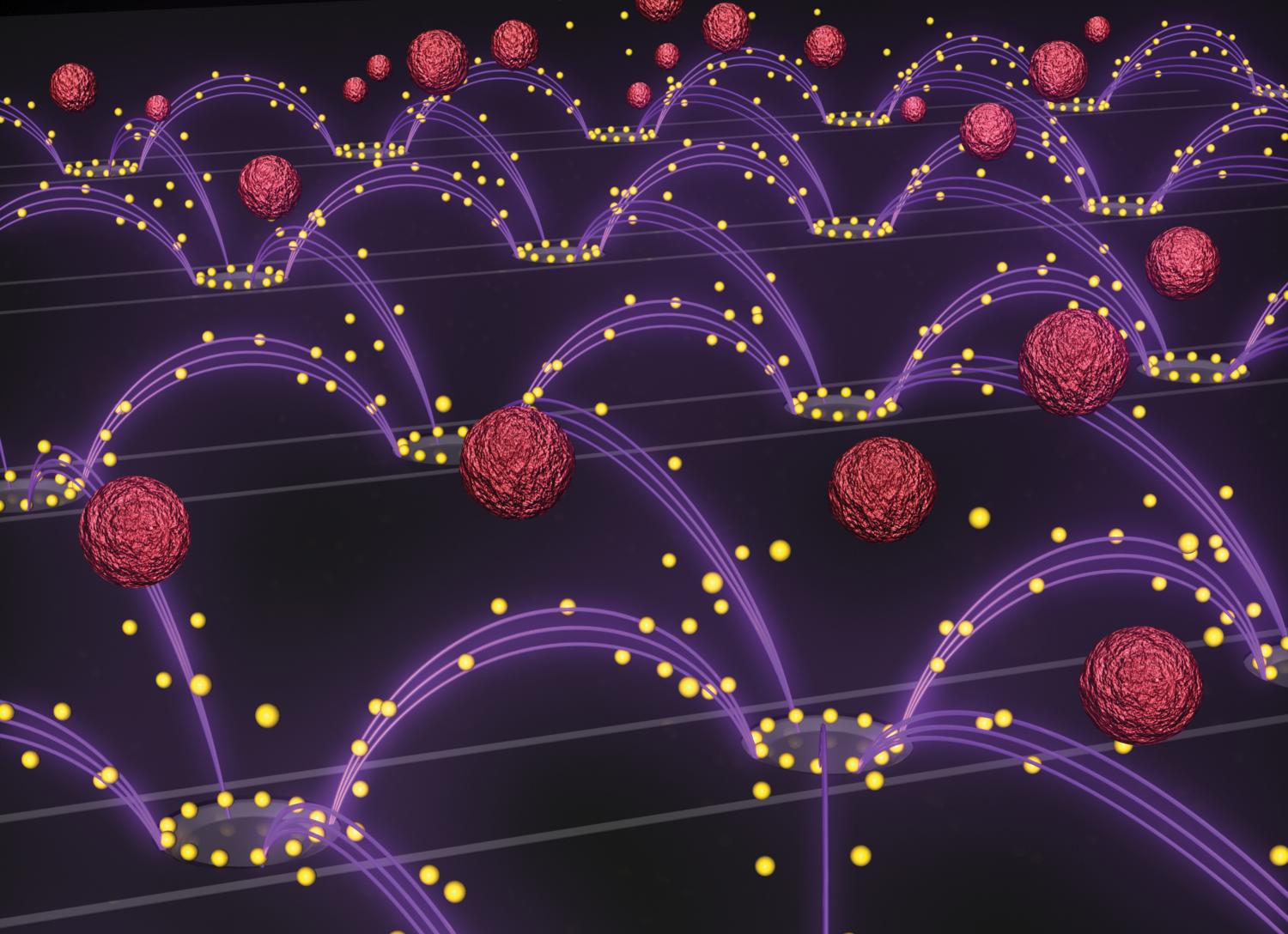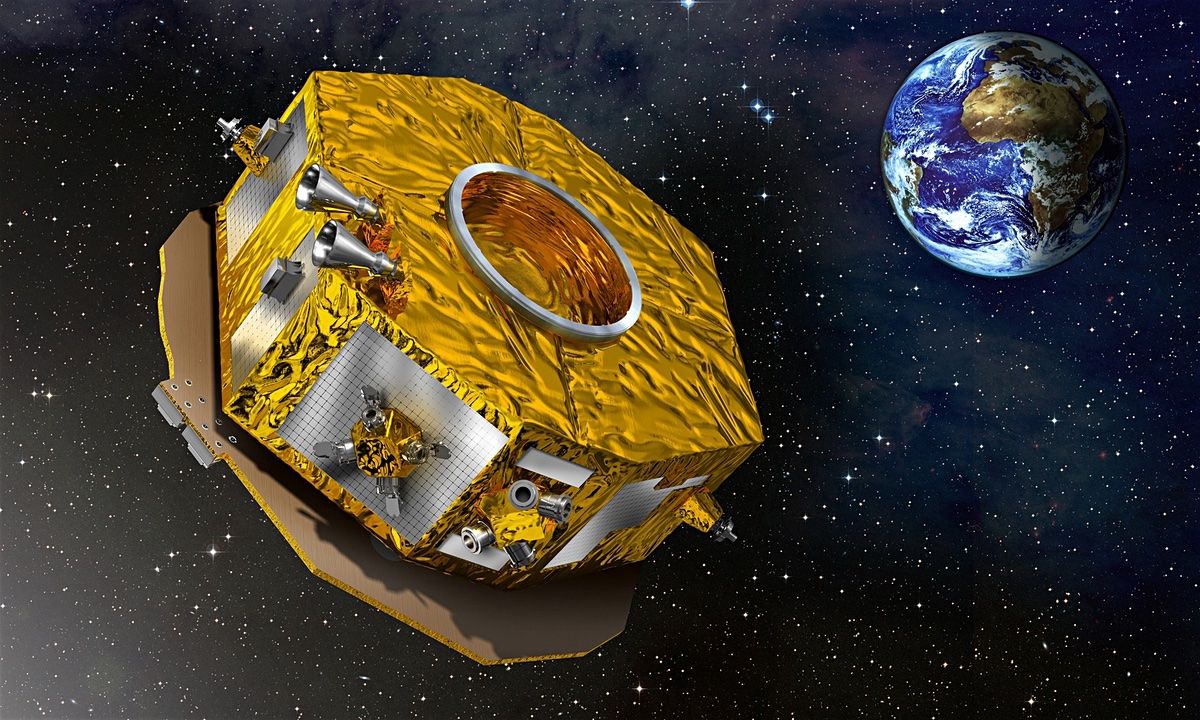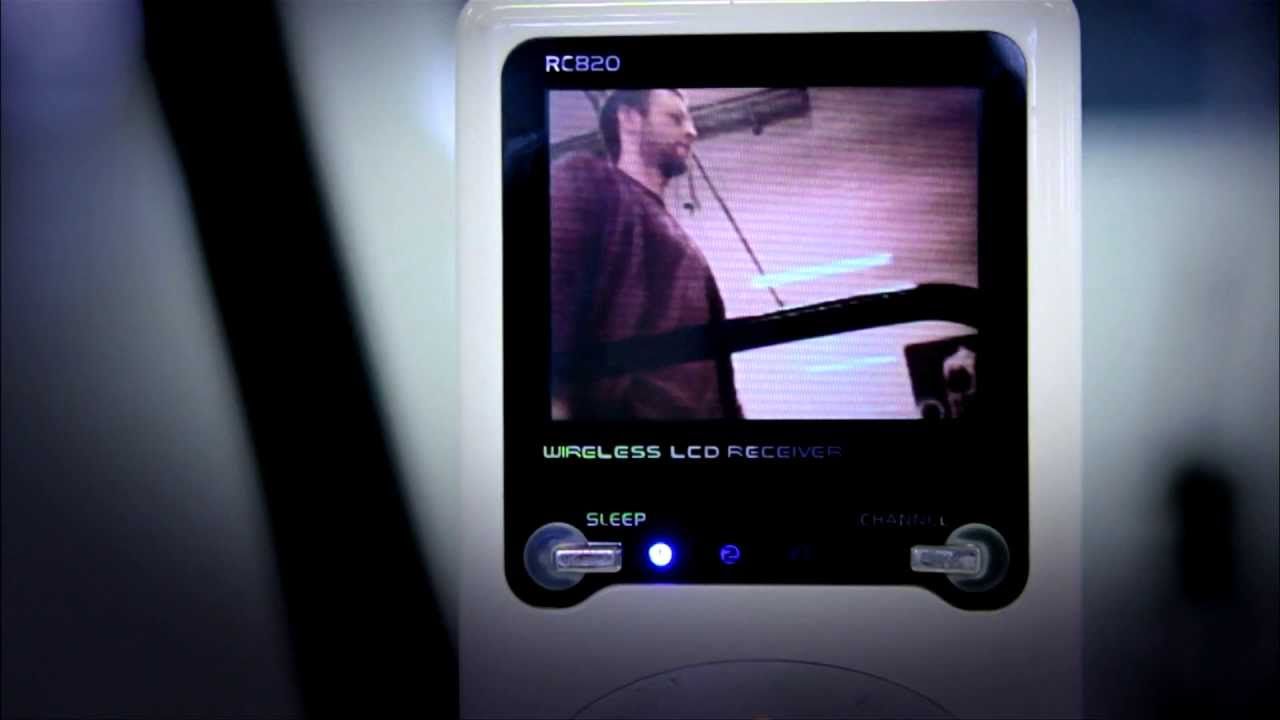Nov 23, 2015
Underwater balloons could give us a new way of storing renewable energy
Posted by Shailesh Prasad in category: sustainability
While solar or wind farms are now contributing more energy than ever to the world’s power supply, traditional energy sources are often required at peak times or to supplement renewable sources during dips in availability — at night, for example. So Canadian startup Hydrostor has invented a system of pressurised underwater balloons that can store renewable energy until it’s needed, which could reduce the need for diesel or gas as a back-up source of power.
The company says its solution can last twice as long as the best batteries we have today, and at a much lower cost. The first facility has been set up in Lake Ontario near Toronto, with a series of balloons set 55 metres under the surface of the water and connected to the power grid via a pipeline.
“Compressed air’s been around for 40 years,” Hydrostor CEO Curtis VanWalleghem told Canadian Manufacturing. “It’s finding places to store the air that’s been the problem [and] why it hasn’t been massively adopted. We open it up to thousands more sites because we use hydrostatic water pressure.”
